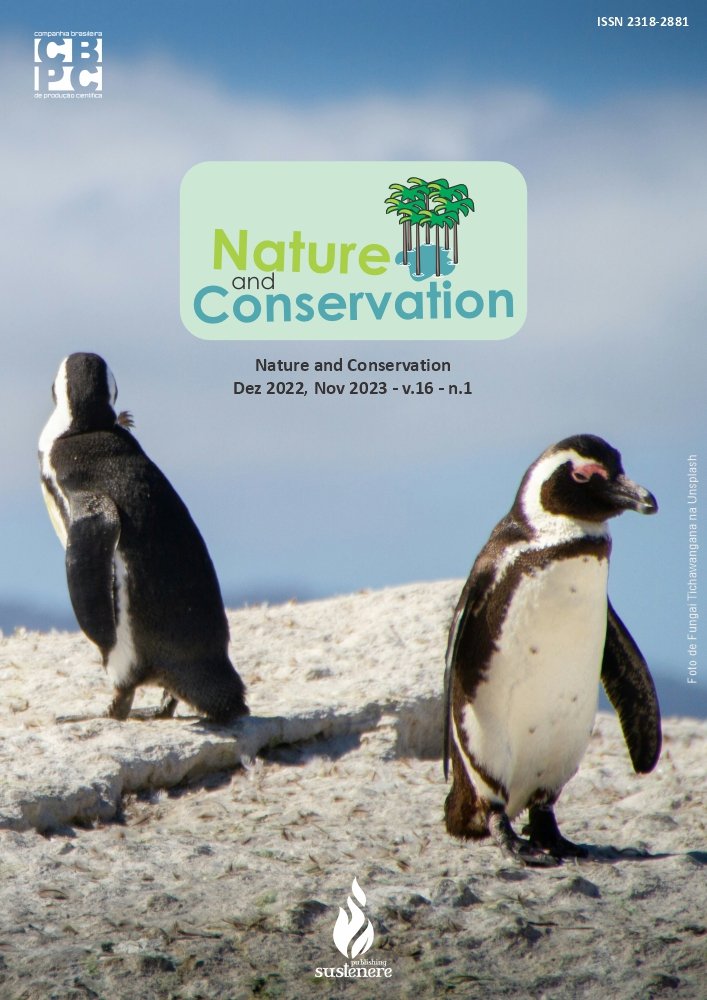Cultural control of nematoids in lettuce using soil covering and blending cloves
DOI:
https://doi.org/10.6008/CBPC2179-6858.2021.012.0006Keywords:
Meloidogyne sp., Lactuca sativa L., Tagetes patula L., Intercropping, nematodes., Meloidogyne sp, Lactuca sativa L, Tagetes patula L, Intercropping, NematodesAbstract
The occurrence of nematodes in lettuce cultivation areas has become a problem since these phytopathogens cause damage to the roots leading to losses in productivity. The use of plant extracts and antagonistic plants has been tested in order to reduce the nematode population in cultivated areas. Thus, the objective was to evaluate the effect of the use of marigold in the control of nematodes in two lettuce cultivars. The experimental design used was randomized blocks, in a 2x4 factorial scheme, two cultivars (Lucy Brow and Amanda) and four cultivation arrangements: Single lettuce, Intercropping in central line, consortium in alternate rows and mulch. The agronomic parameters evaluated were: Total productivity, commercial productivity, number of leaves, plant height and diameter, stem length and dry matter. As for the quantification of the nematode population, extractions were carried out in soil and roots. There was no statistical difference between the cultivars evaluated in terms of agronomic parameters, however the cultivar Amanda showed a reduction in the number of nematodes in the soil. Marigold mulch provided a smaller population of nematodes in both soil and root. In addition, the use of mulch showed better productivity in the analyzed cultivars, this due to the greater use of light, water and nutrients in the comparison of crops with cloves in the central line and intercropped.
Downloads
Downloads
Published
Issue
Section
License
Copyright (c) 2021 Ibero-American Journal of Environmental Sciences

This work is licensed under a Creative Commons Attribution-NonCommercial-NoDerivatives 4.0 International License.
The CBPC - Companhia Brasileira de Produção Científica (Brazil CNPJ: 11.221.422/0001-03) the material rights of the published works. The rights relate to the publication of the work anywhere in the world, including rights to renewals, expansions and dissemination of the contribution, as well as other subsidiary rights. All electronically published works may subsequently be published in printed collections under the coordination of this company and / or its partners. The authors preserve the copyright, but are not allowed to publish the contribution in another medium, printed or digital, in Portuguese or in translation.









